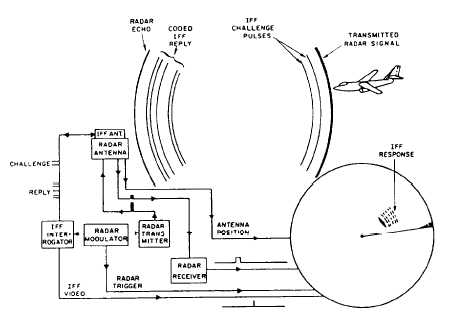Figure 3-1.—Fundamentats of IFF operation.
challenge. The receiver section receives and amplifies
signals within its bandpass and decodes the challenge
signals. Reception of correctly coded challenge signals
will automatically key the transmitter section to send
prearranged reply signals on a different frequency.
In times of hostility, safe or unsafe transit through a
particular area could depend on how well your IFF is
operating. It’s not very safe to approach another ship in
a hostile area without being able to identify yourself as
a friendly target. Also, being without an IFF that can
identify the targets on your radar screen puts your
Tactical Action Officer (TAO) at a disadvantage.
Therefore, your understanding of IFF operation and
maintenance is extremely important.
AIMS MARK XII IFF SYSTEM
AIMS is an acronym for an air traffic control radar
beacon system (ATCRBS), identification friend or foe
(IFF), Mark XII system. ATCRBS designates the
civilian air traffic control system used for air control
worldwide. IFF identities military systems. The AIMS
system includes equipment such as interrogators,
transponders, decoders, interrogator side lobe
suppression (ISLS) switches and drivers, defruiters, and
crypt computers.
Modes of Operation
The Mark XII system can challenge in five different
modes (1, 2, 3/A, 4, and C), each with a specific
function. The video decoder unit, associated with a
specific indicator, provides control signals that the
interrogator uses to send challenges and decode replies
in the various modes. As we mentioned in chapter 2,
when the operator has multi-radar inputs available, the
radar distribution switchboard routes the control signals
to the correct interrogator unit.
SIF MODES.— Air traffic control and code
monitoring for friendly aircraft and surface craft use
selective identification feature (SIF) modes (modes 1,
2, and 3/A). Challenges in these modes consist of two
pulses spaced at a characteristic interval for each pulse,
with a third pulse added for ISLS operation, as shown
in figure 3-2.
For SIF modes, the transponder reply is a binary
code contained between two bracket (framing) pulses.
Framing pulses are present in every reply, regardless of
code content. Each reply code corresponds to a unique
4-digit decimal code. For each mode, the user dials the
desired reply code into the transponder using
thumbwheel switches. Mode 1, 2, 3/A, and C replies,
by themselves, cannot be separated according to mode.
The interrogator, knowing in which mode it has
challenged, separates and identifies the replies with the
proper mode.
3-2


